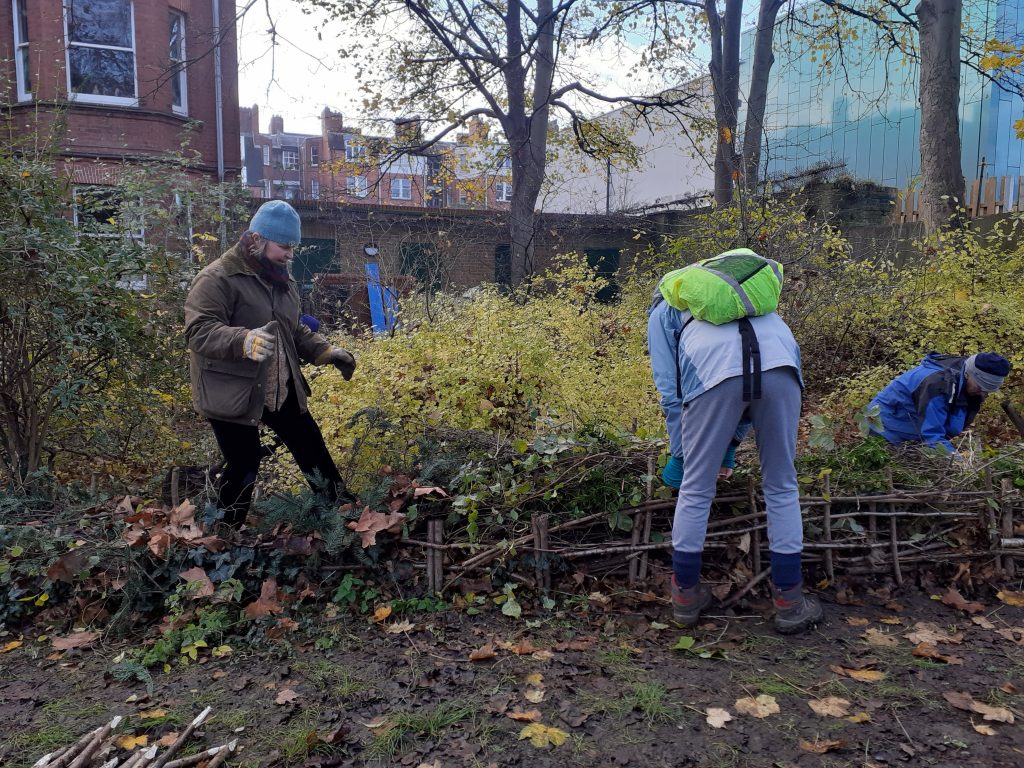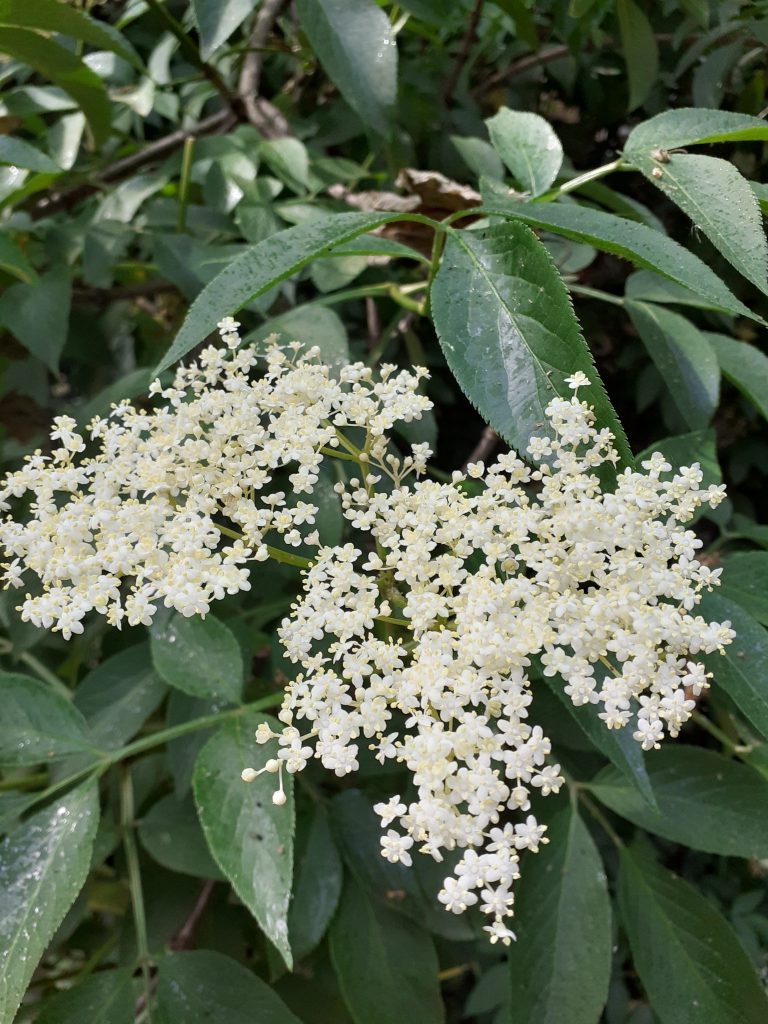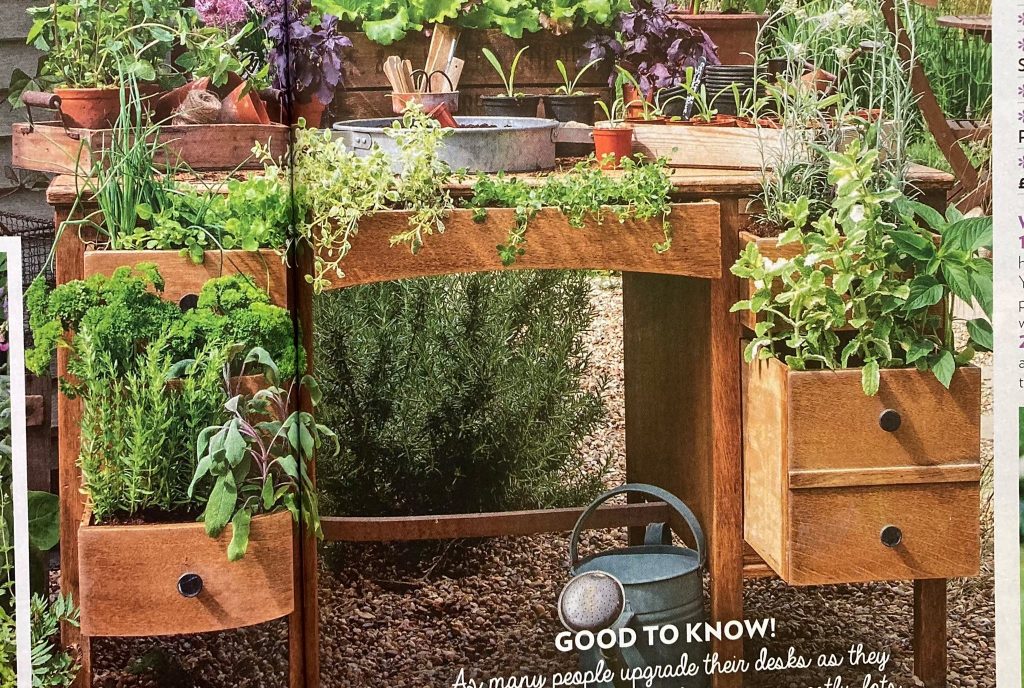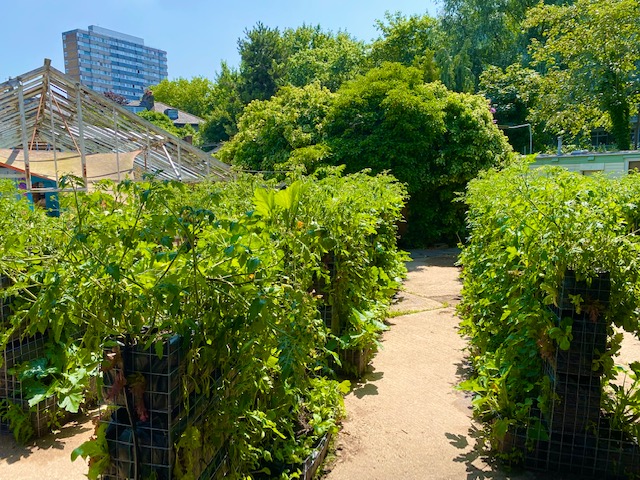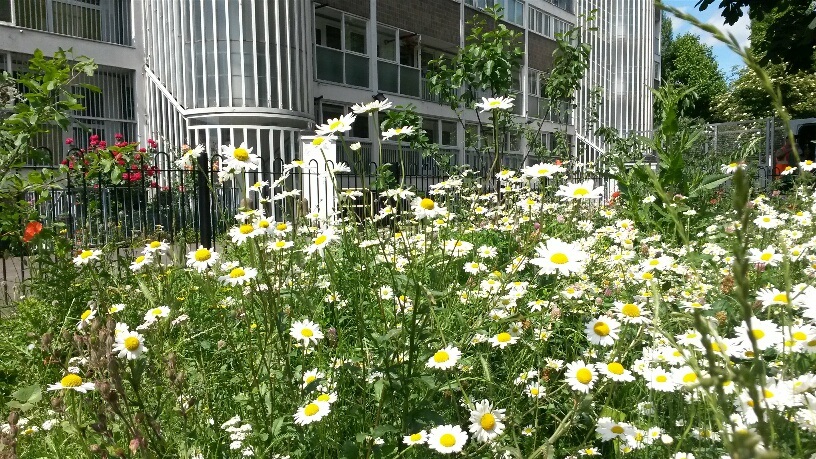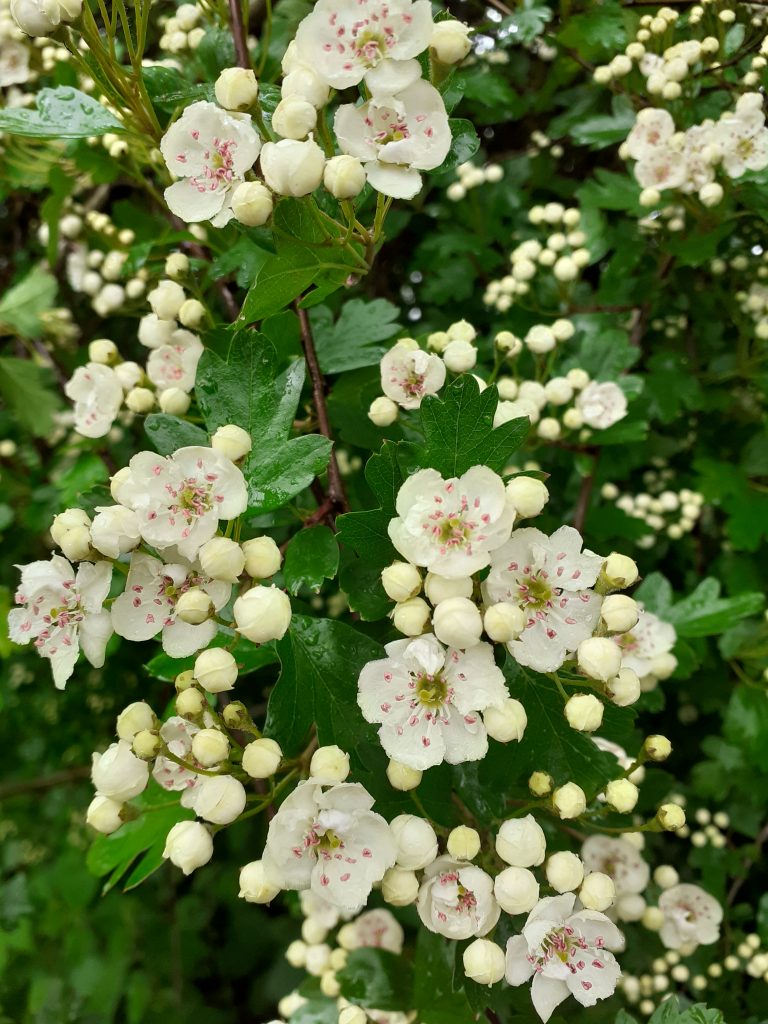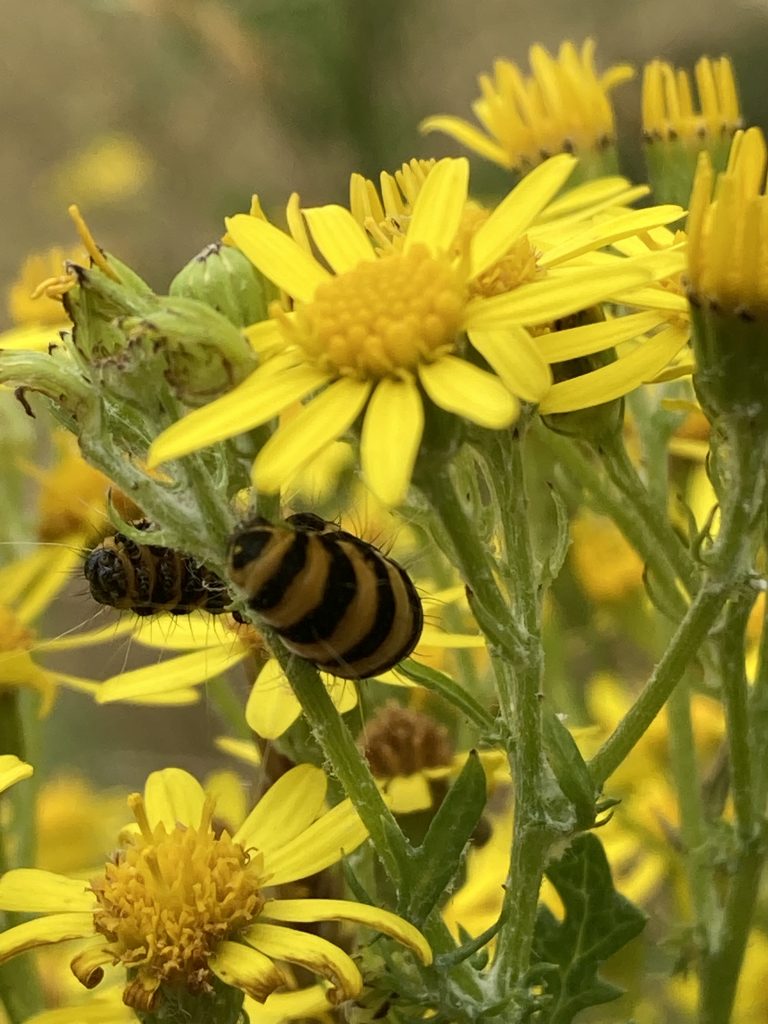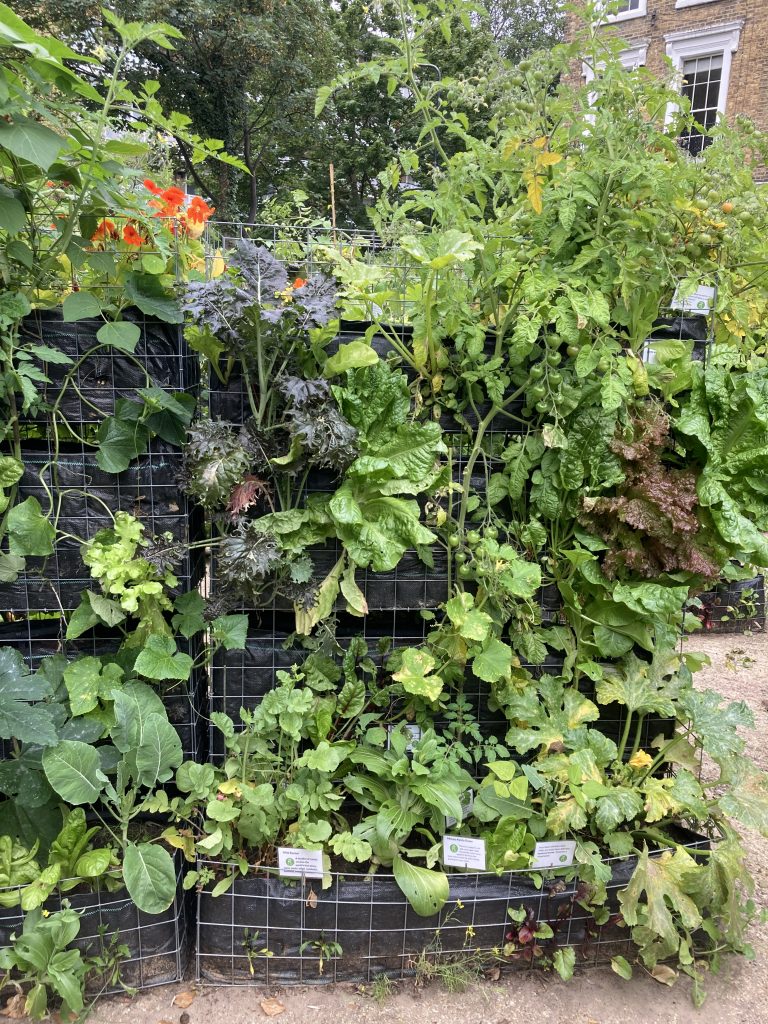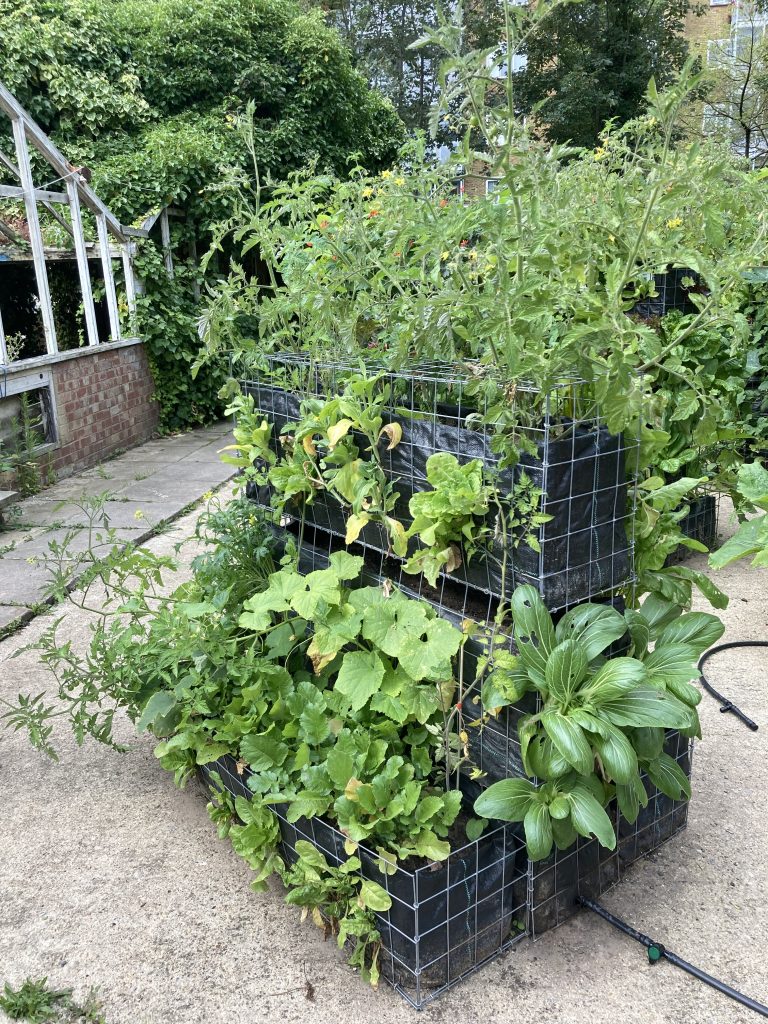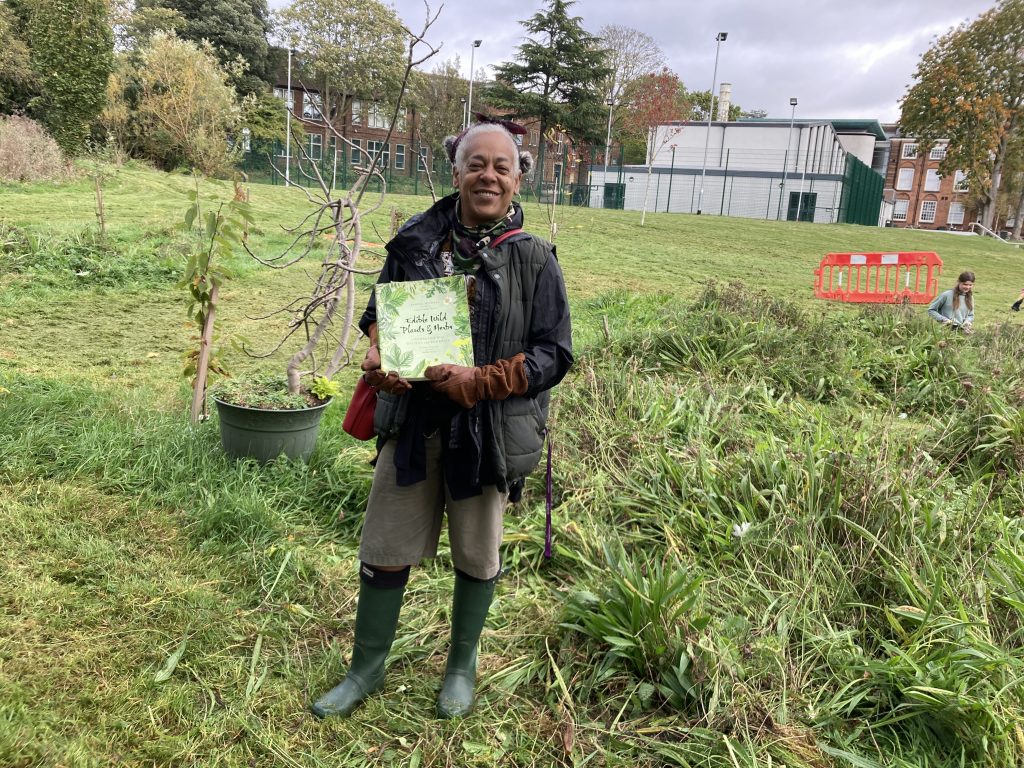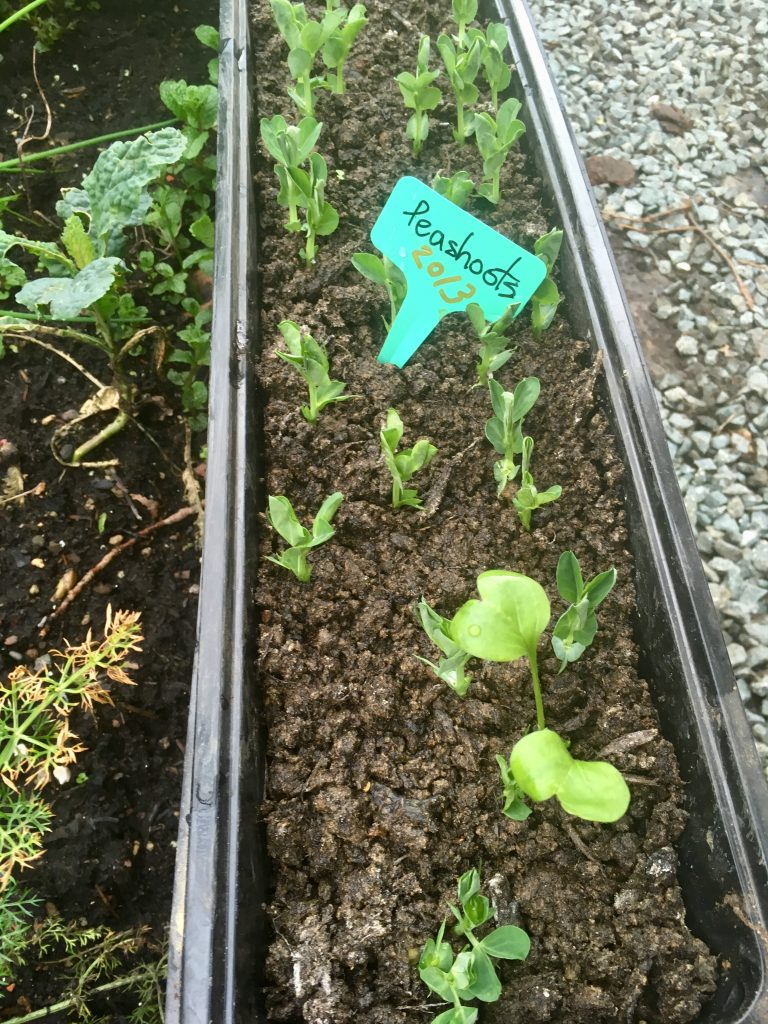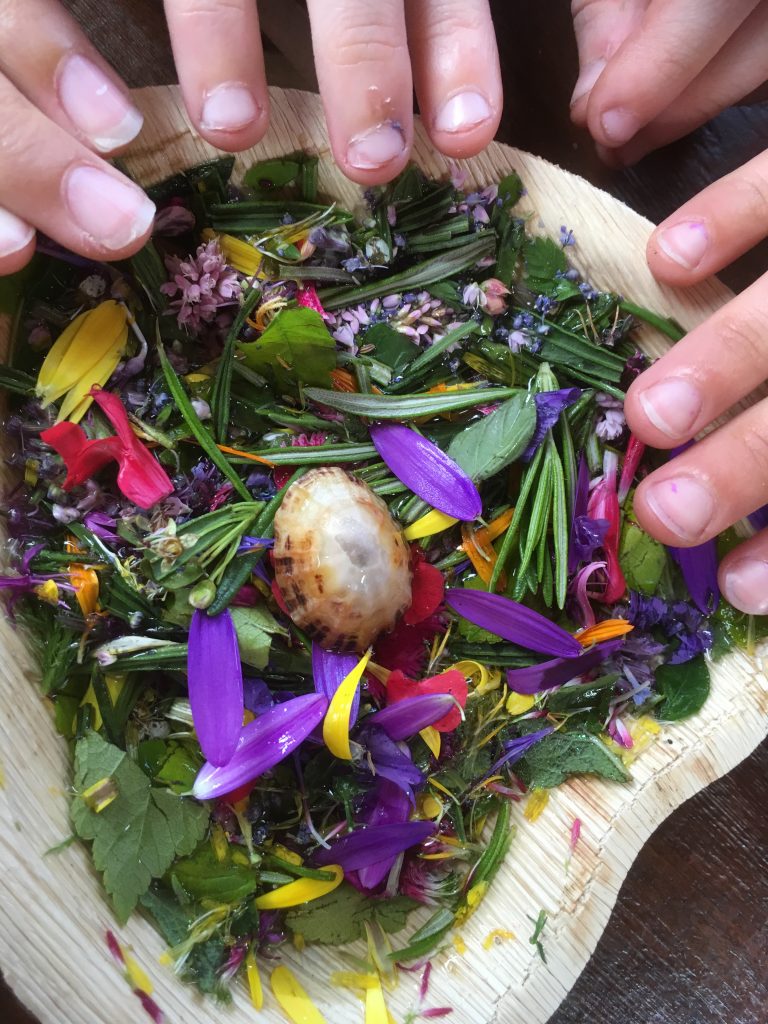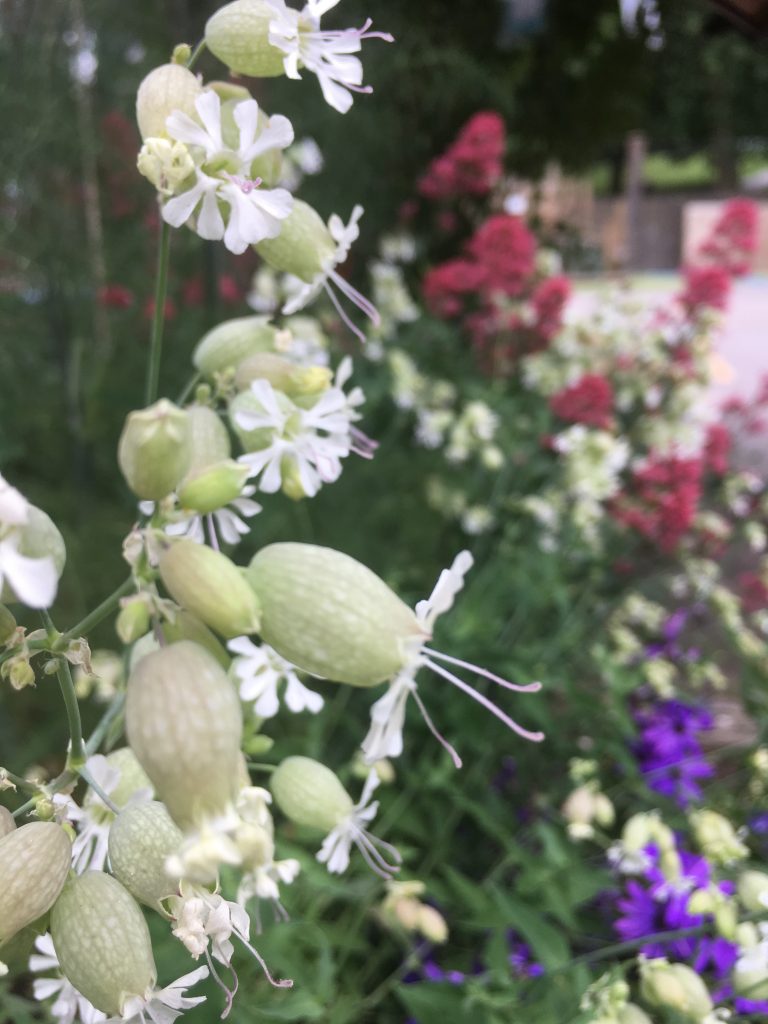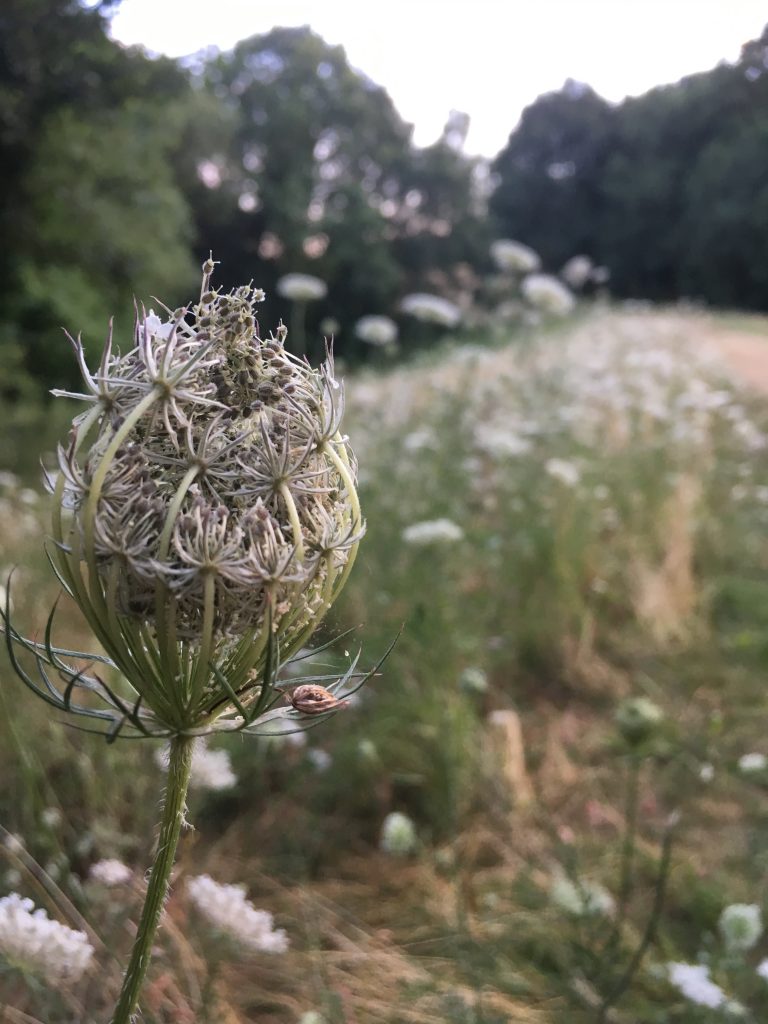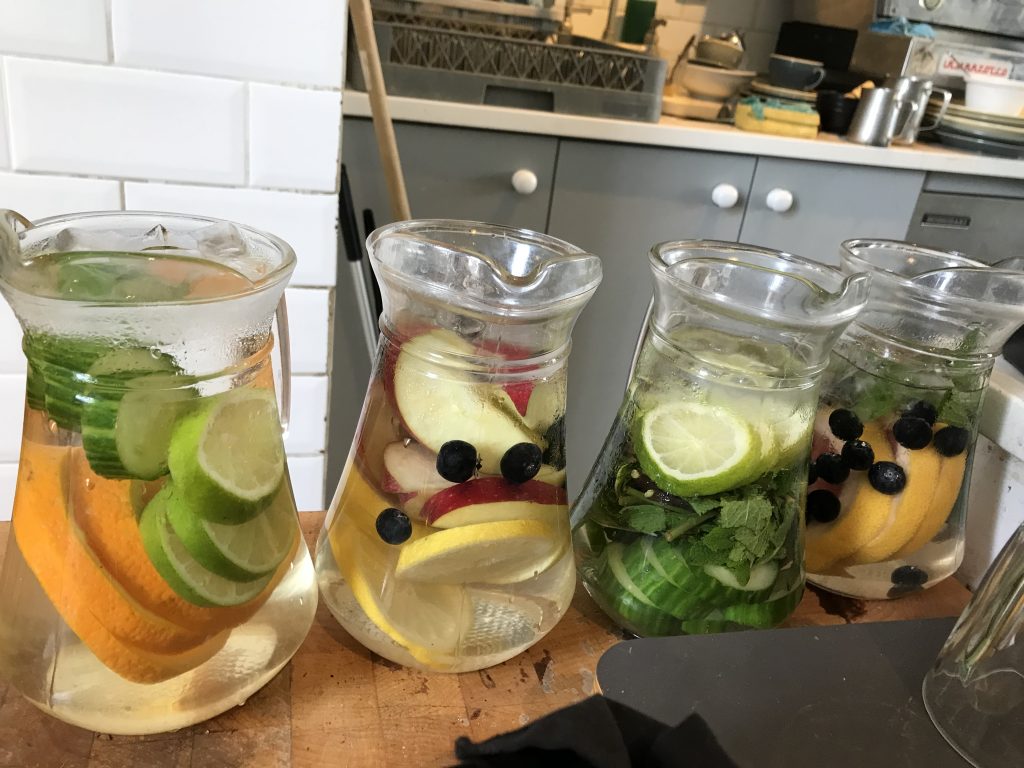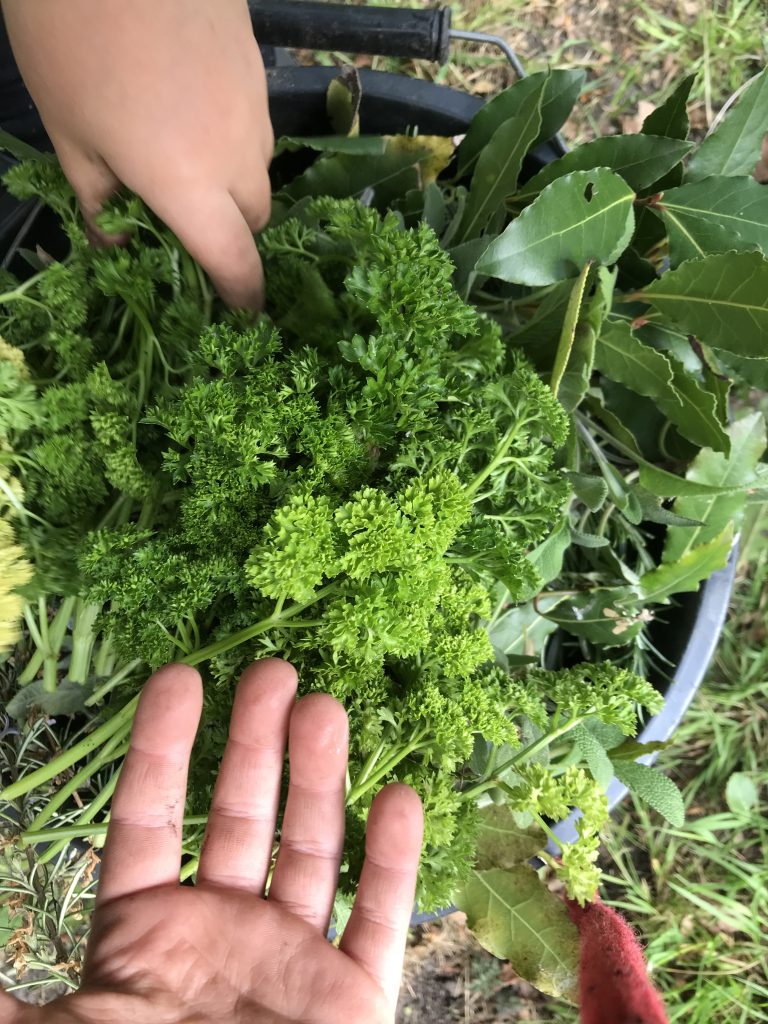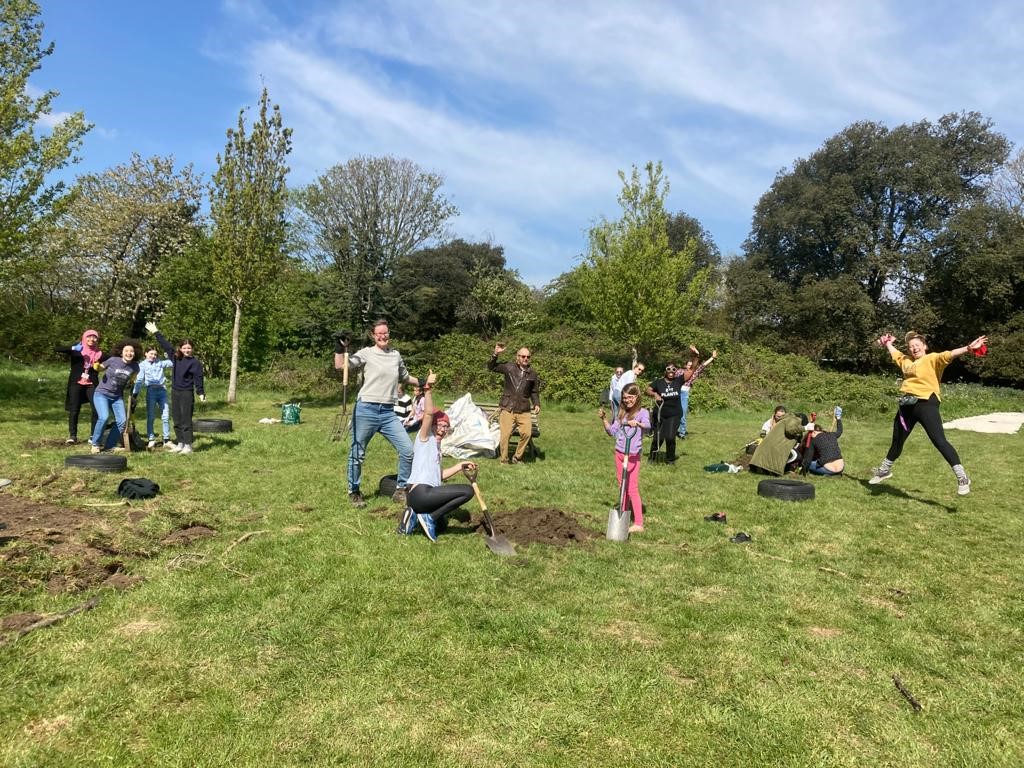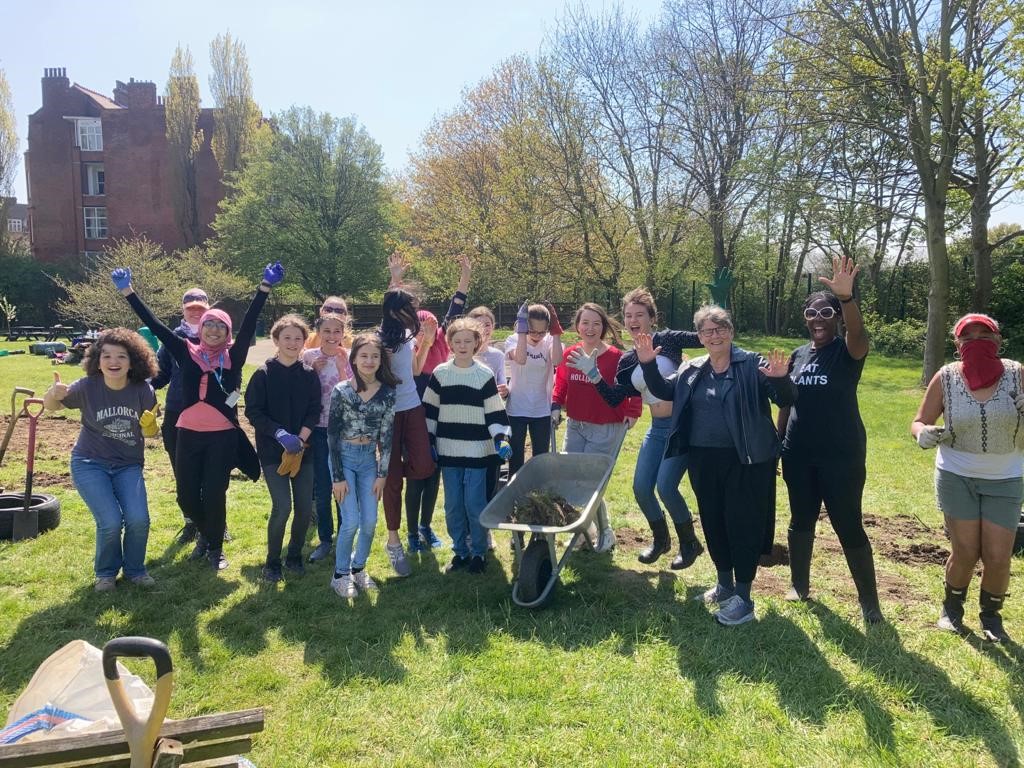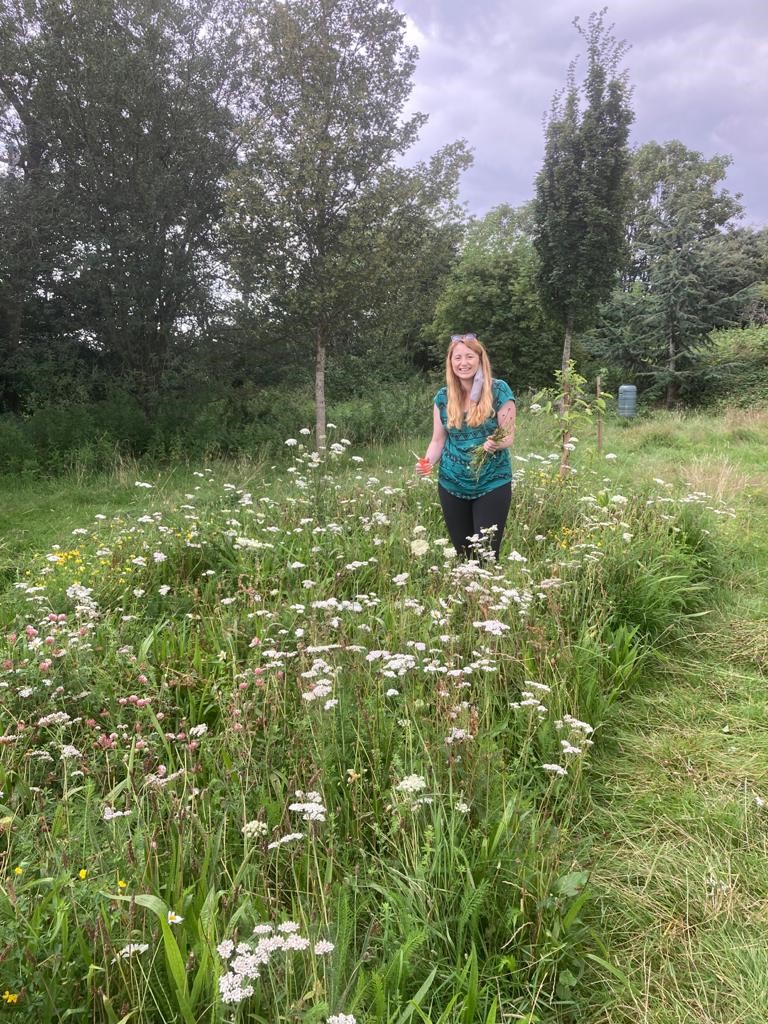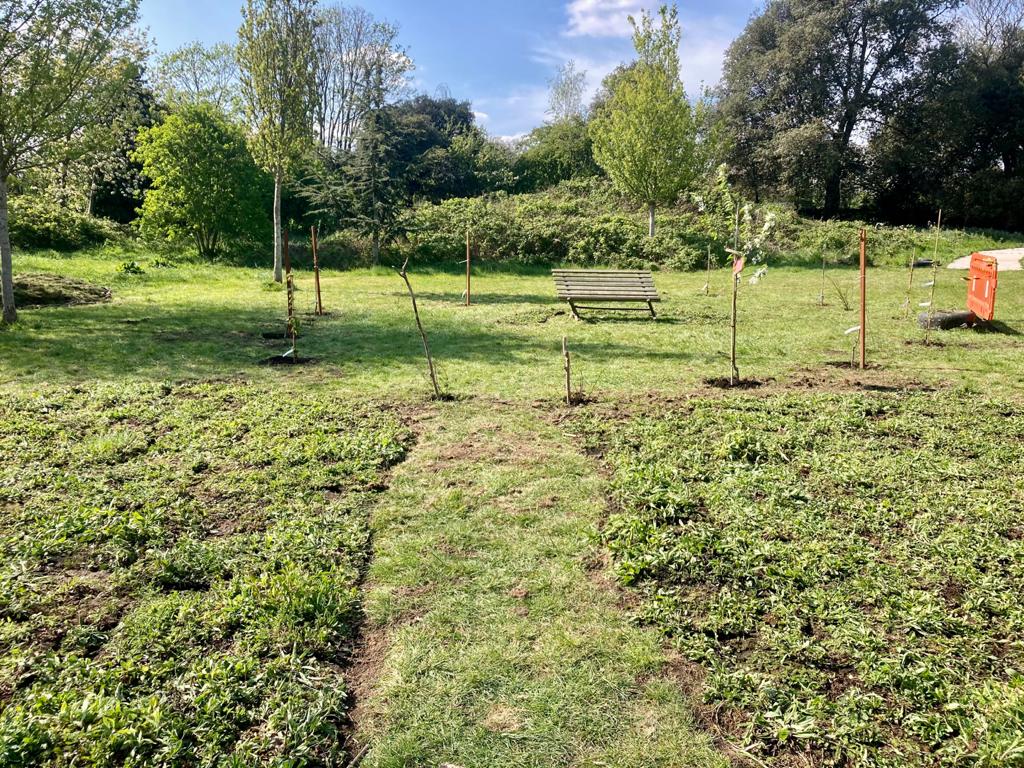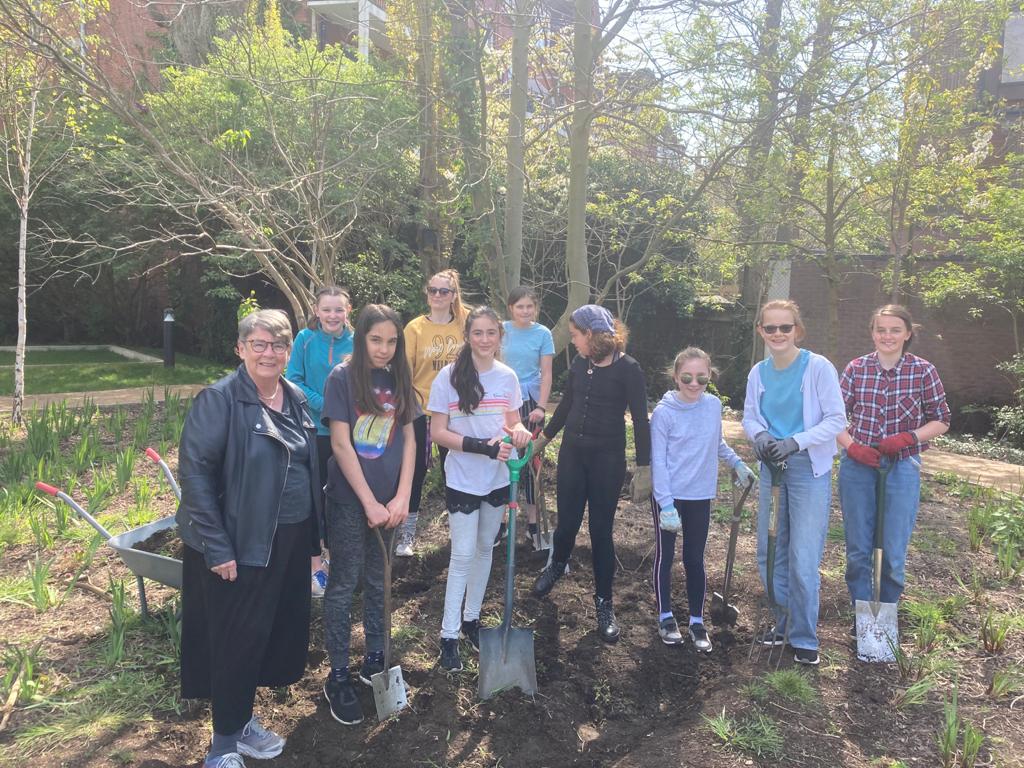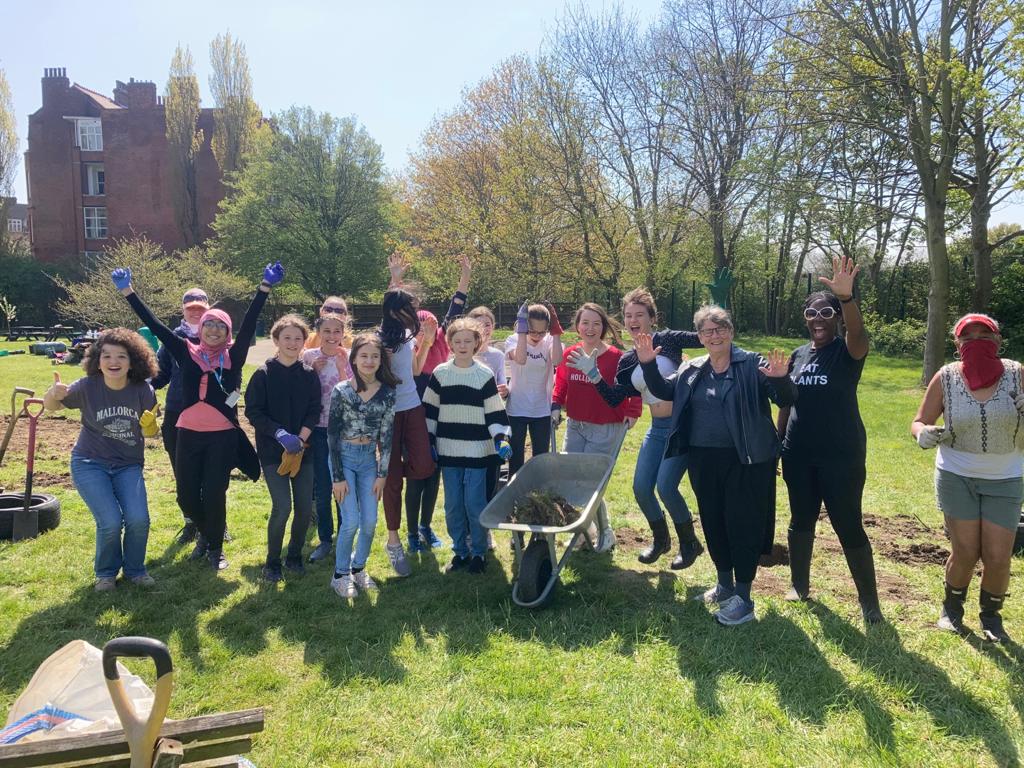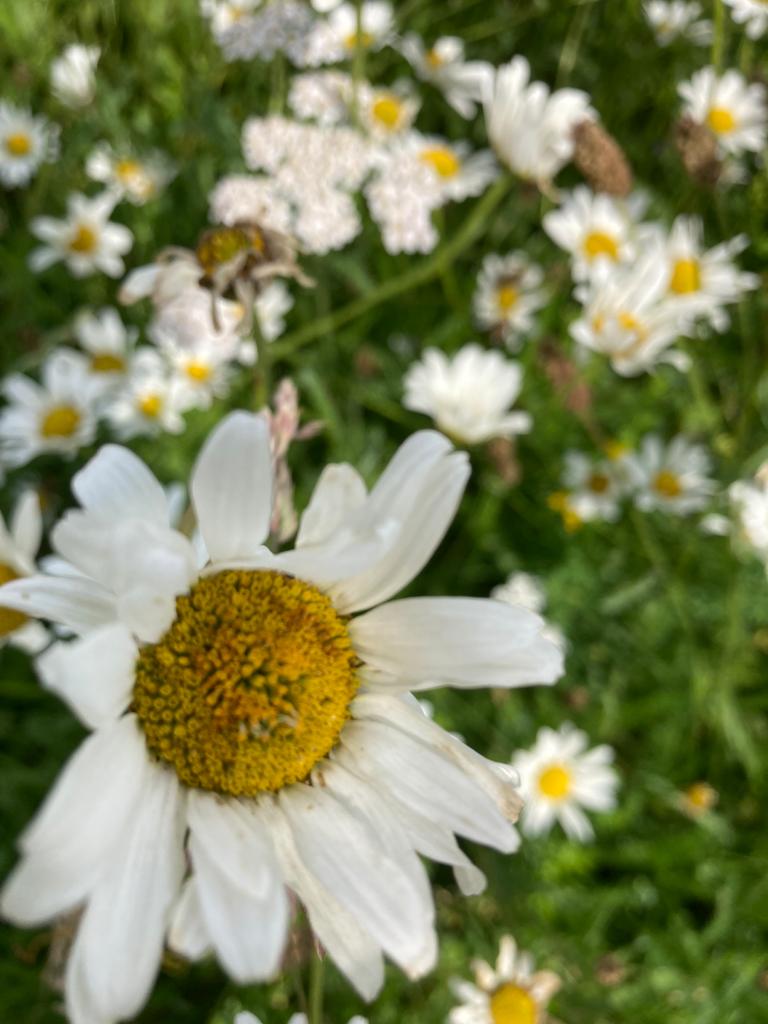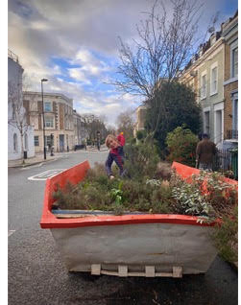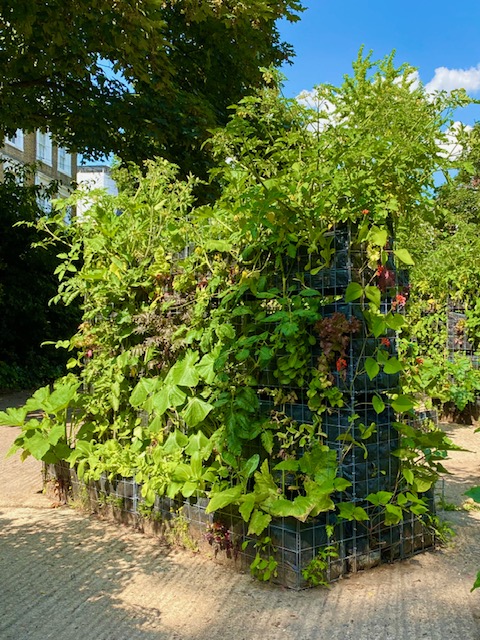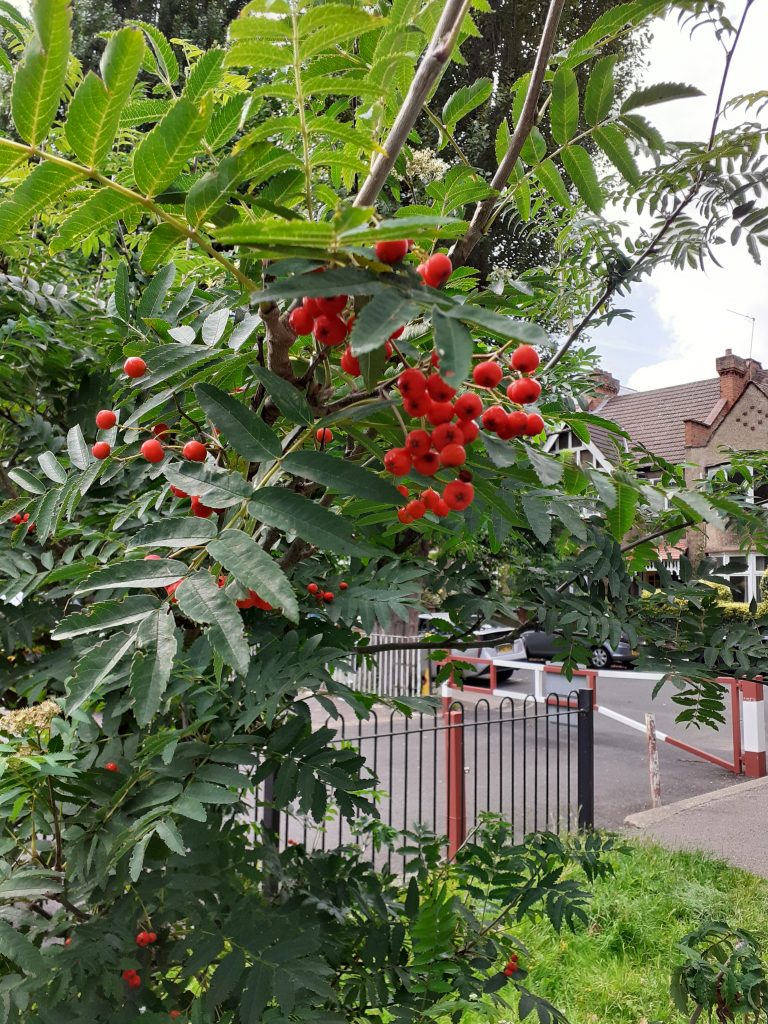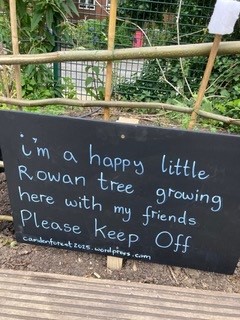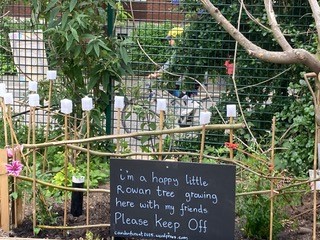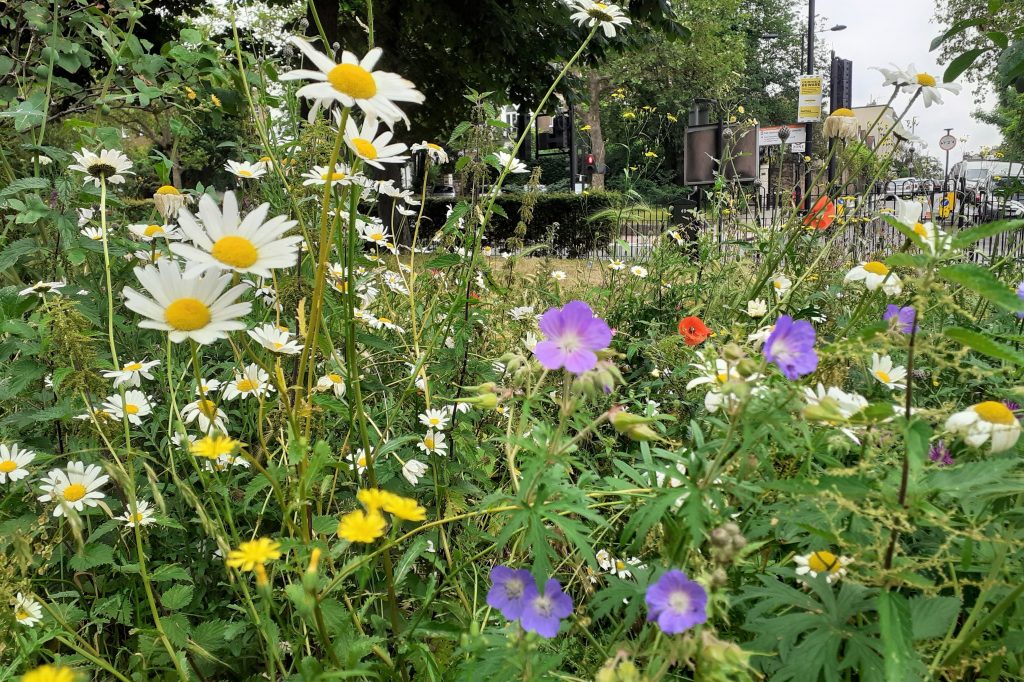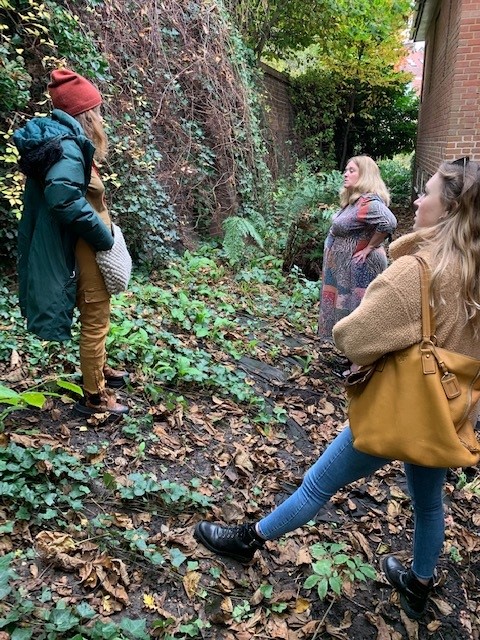What is the Camden BeeLine?
The Camden Clean Air Initiative has partnered with Think & Do Camden to create the Camden BeeLine. The Camden BeeLine is a community project that aims to increase green space and biodiversity across the Borough of Camden by creating a connected pollinator pathway of trees, plants, and rewilded space. Together, let’s turn concrete and paving, into a Camden BeeLine. Our Camden BeeLine map will link up green spaces all over the Borough, creating a better environment for both the people and the wildlife of Camden. As we connect our green spaces, we connect our community.
Initially, our focus is on creating BeeLines within and between Camden schools, by encouraging and supporting pollinator-friendly wild gardening in their grounds. Later, we’ll be developing information and advice on pollinator-friendly planting and garden rewilding for local businesses, and for tenants and residents associations in Camden.
Why?
The Camden BeeLine project has been created to improve the following three areas in Camden; biodiversity, air quality, and wellbeing.
Creating urban green spaces also achieves a biodiversity net-gain. A biodiversity net gain occurs when an intervention increases the biodiversity of a given area. Action taken in cities, including creating ponds for amphibians, planting wildflower areas and providing nest boxes and food for songbirds has been shown to improve the populations and diversity of wildlife including bees, bats, birds, insects and hedgehogs (Sutherland et al. 2020; Webb & Moxon, 2021). Wildflower planting in small areas, defined as less than 20 m2, had more biodiversity than larger green spaces, and this effect is increased if lots of small green spaces are connected (Vega & Kuffer, 2021).
Greening can also reduce carbon emissions and help to achieve the UK’s Net Zero target. Trees can both store carbon in their tissue, and, as they grow, sequester carbon. An estimated over 2.3 million tonnes (approximately 15t/ha) of carbon is stored in London’s trees with an estimated value of £147 million (Rogers et al., 2020). The net sequestration is estimated at 65,534 tonnes of carbon per year (approximately 2.4 t/yr/ha). The value of this sequestered carbon is estimated at £3.9 million pounds per year (Rogers et al., 2020). This value will only increase as the trees grow and as the social cost of carbon (its value per tonne) increases.
How?
Helping to rewild green spaces is fun, and links to so many parts of school learning. Some schools are planting orchards and learning how to be tree guardians to help them thrive. Others are digging in ponds and hedgerows or sowing wildflower meadows. Or how about designing and making some welcoming ‘bug hotels’, wildlife shelters and hibernation havens? Whatever space you have, we are here to offer advise.
What’s next? Join the Camden BeeLine and we’ll add you to the BeeLine map. Lets’ get rewilding and buzzing!

